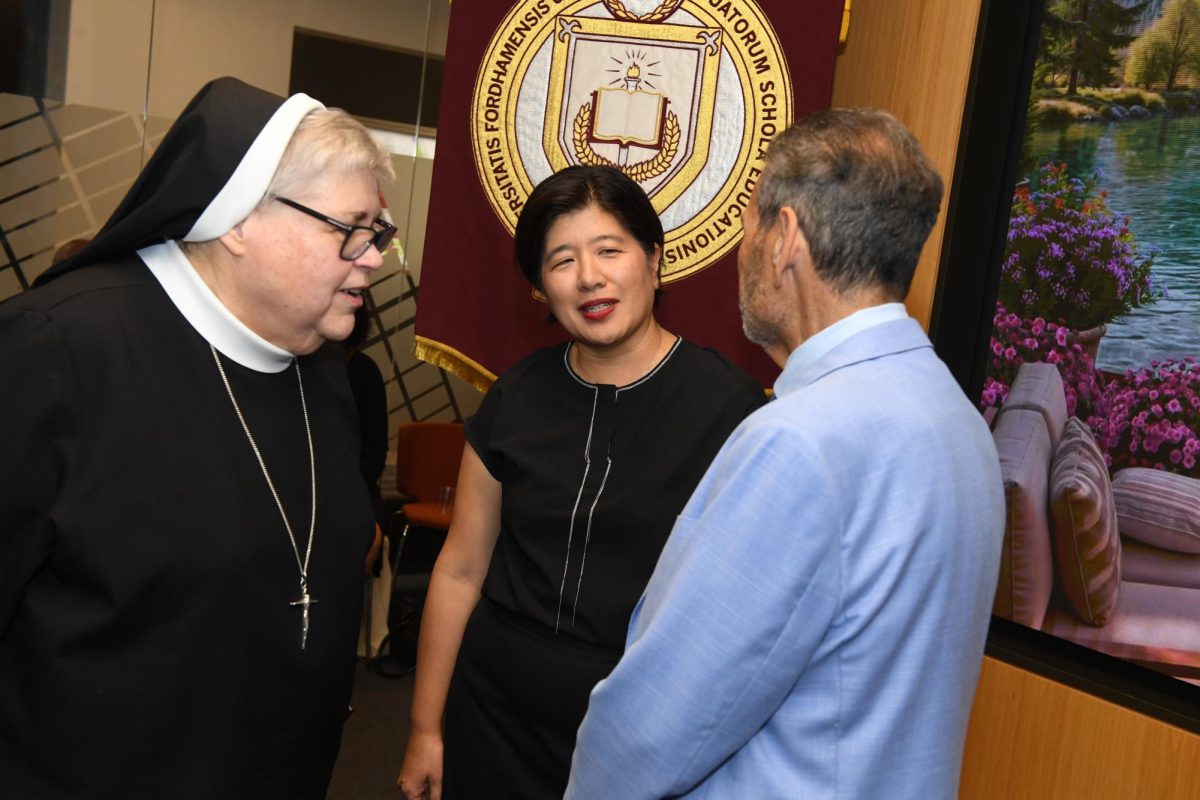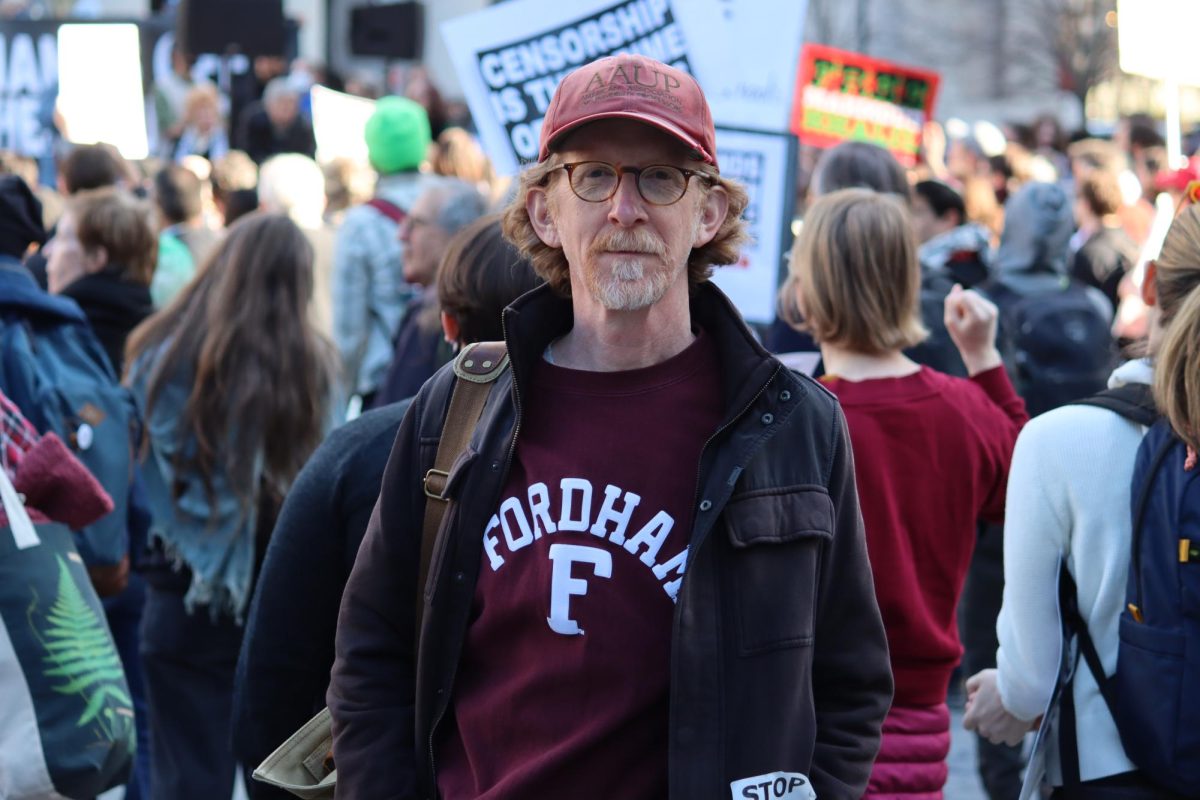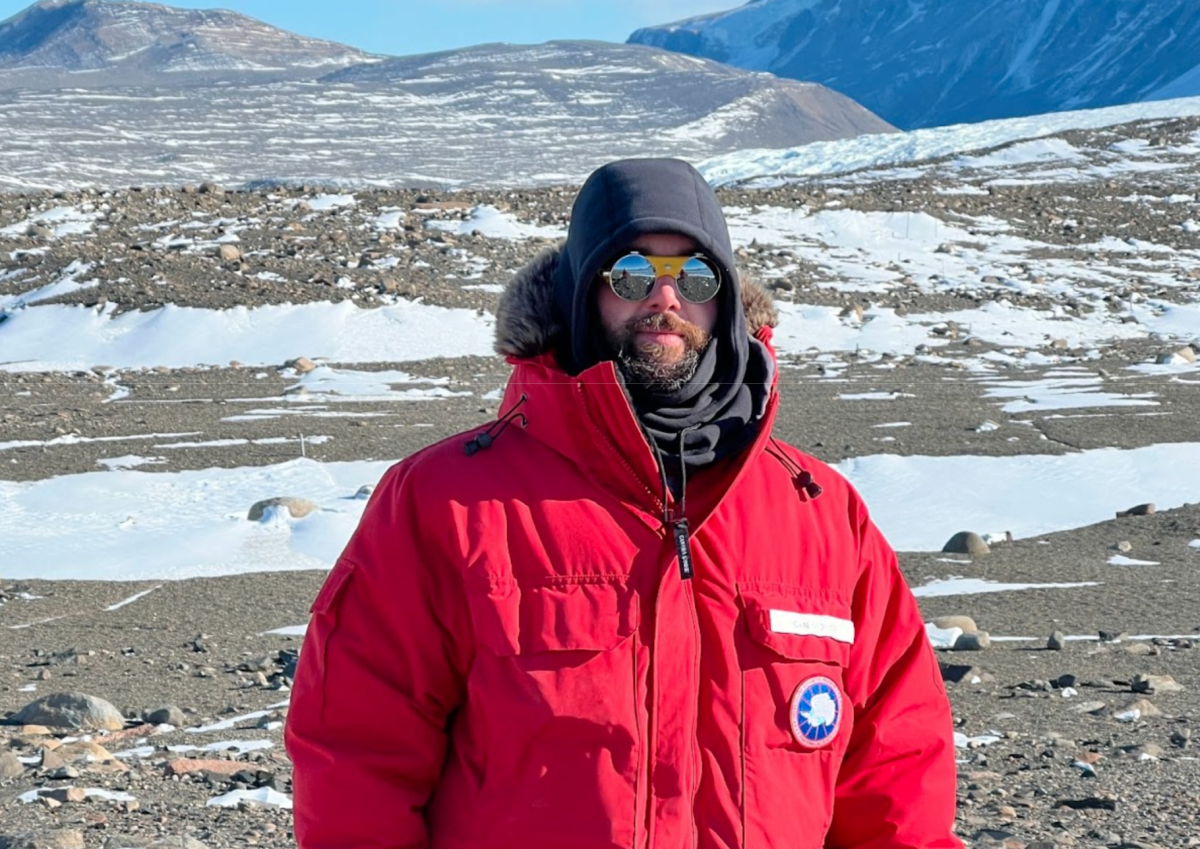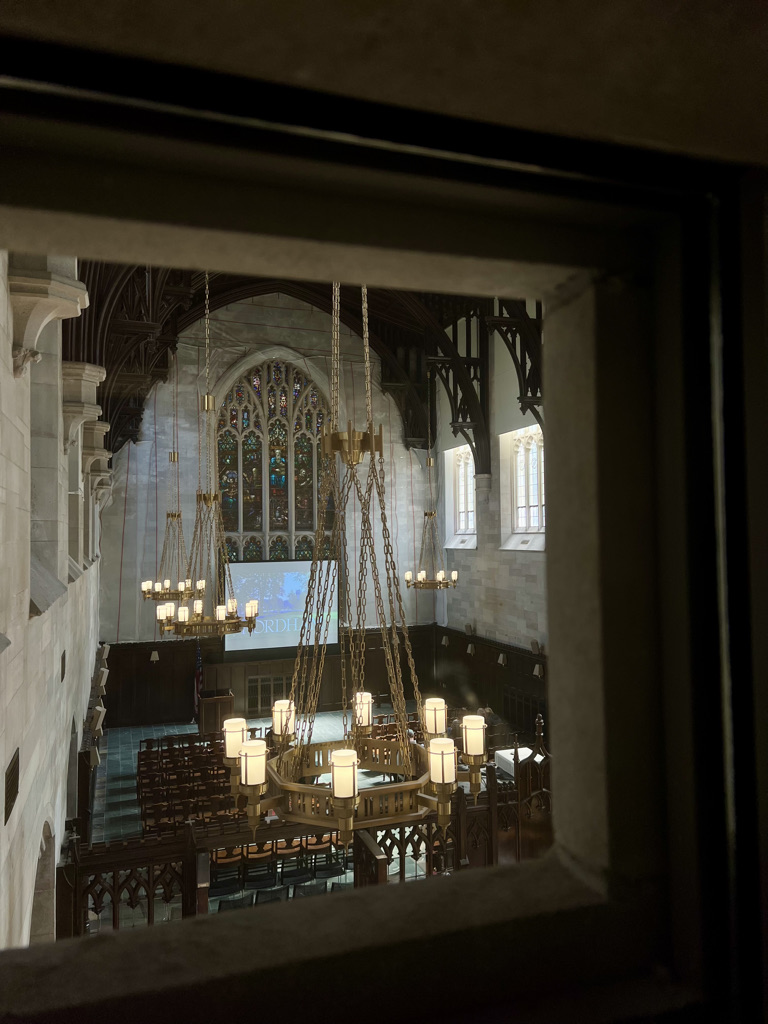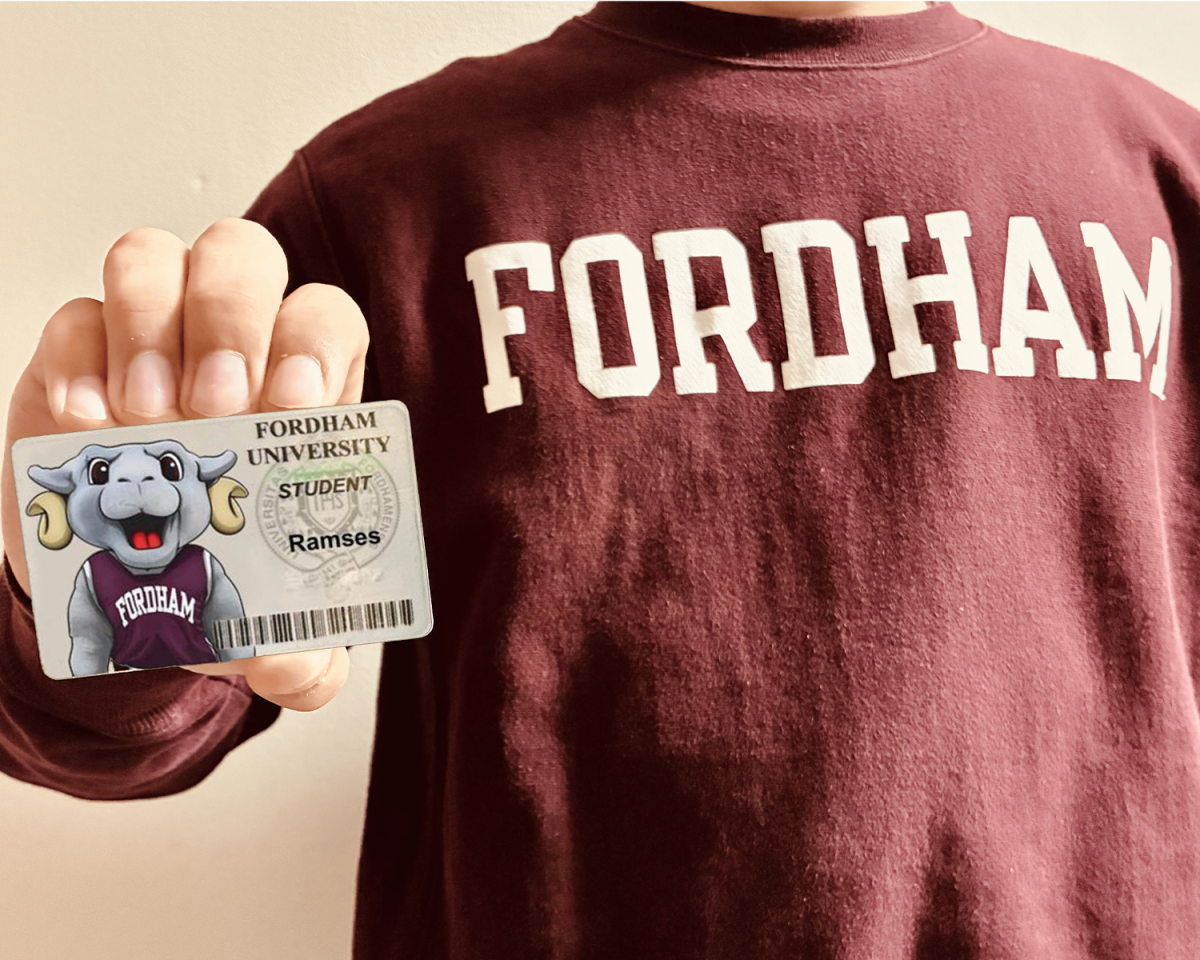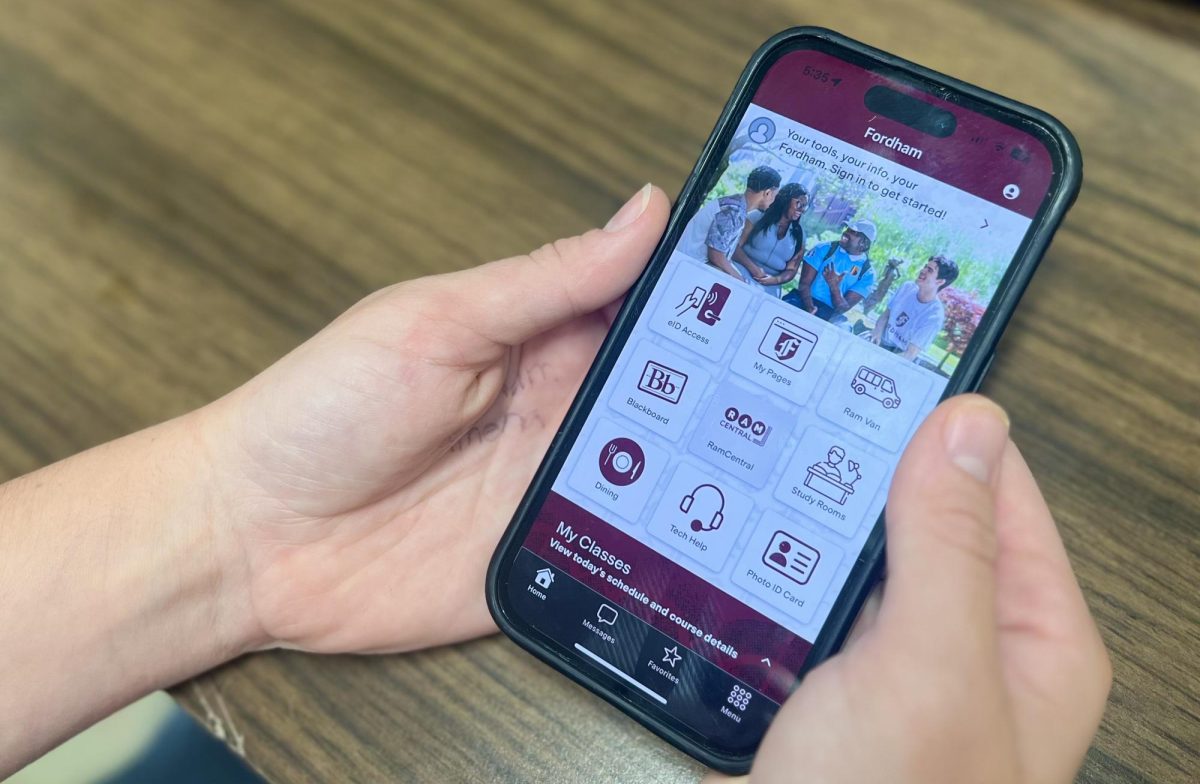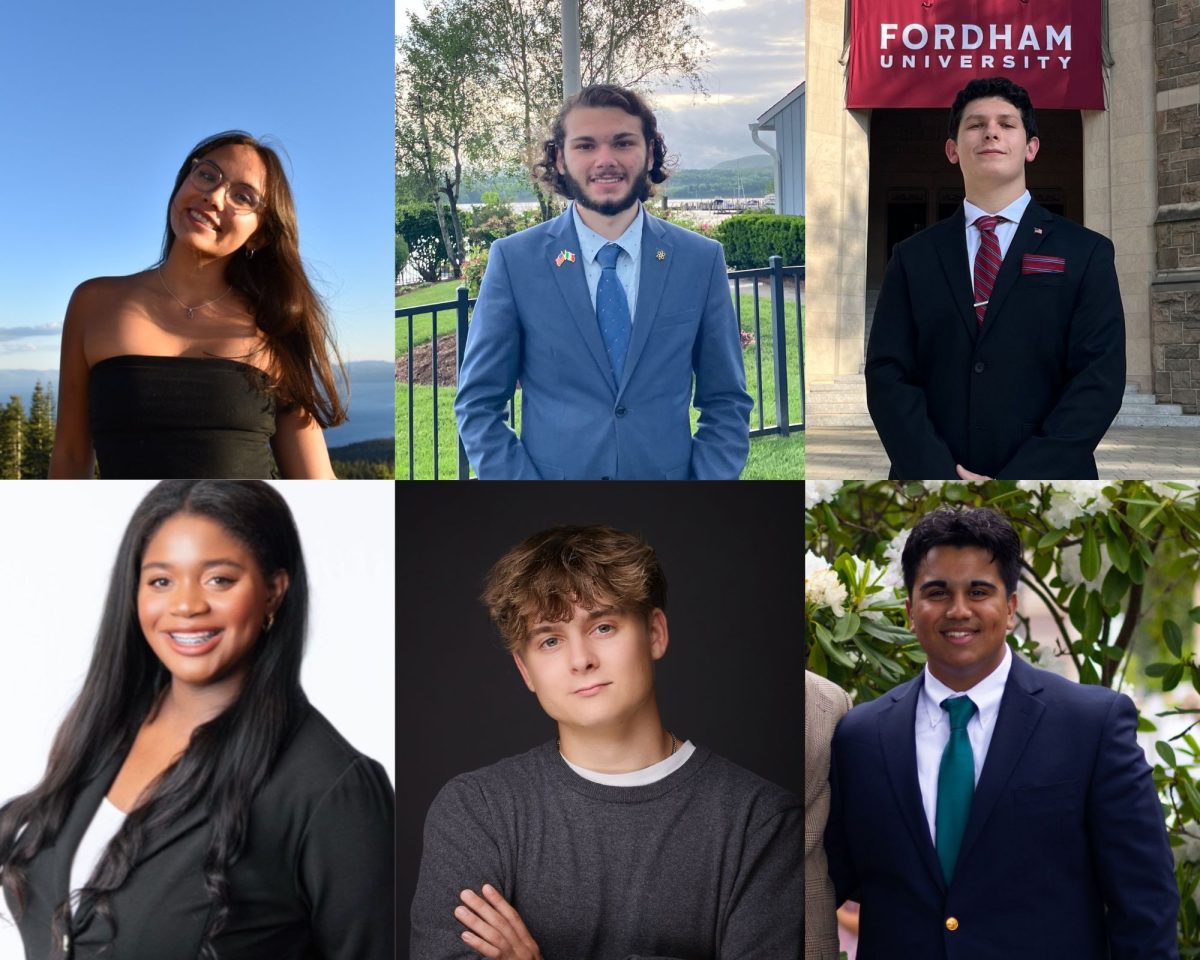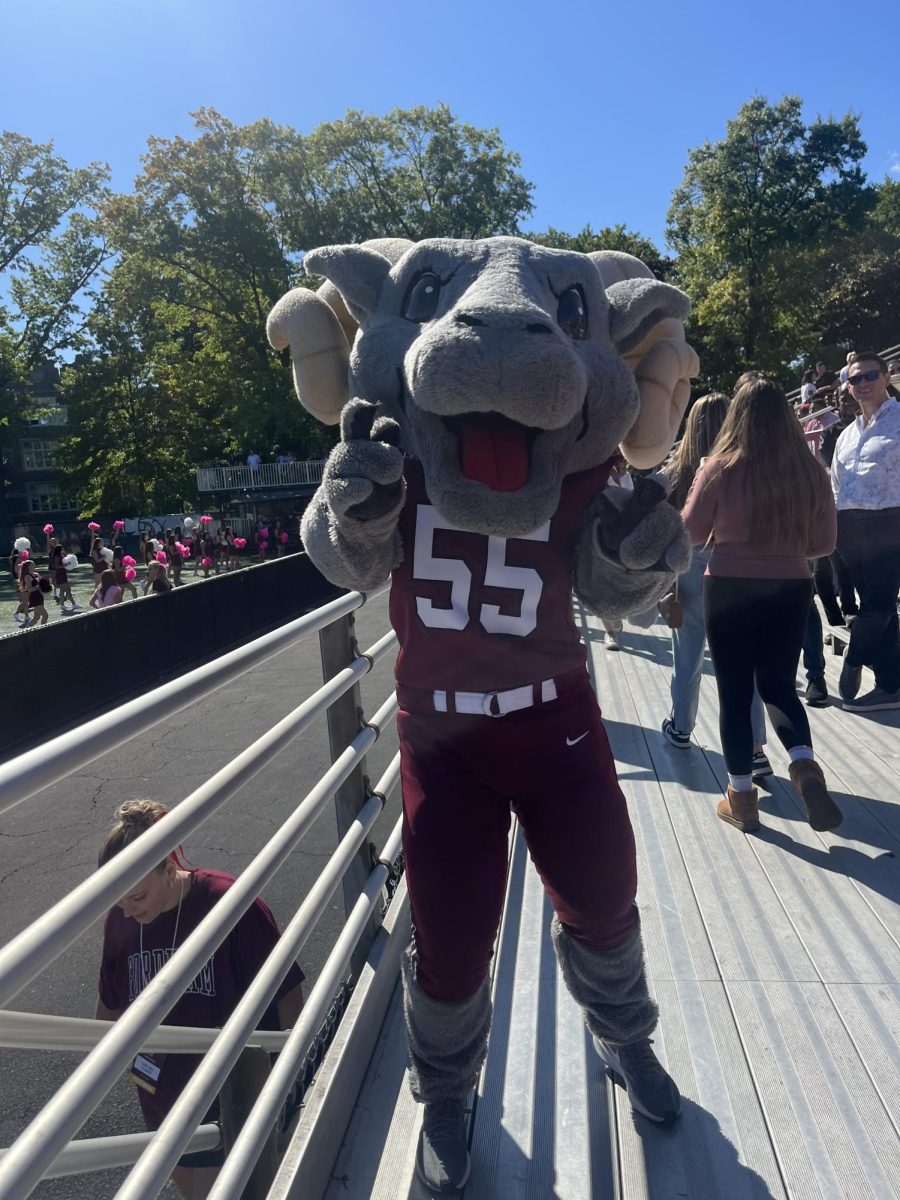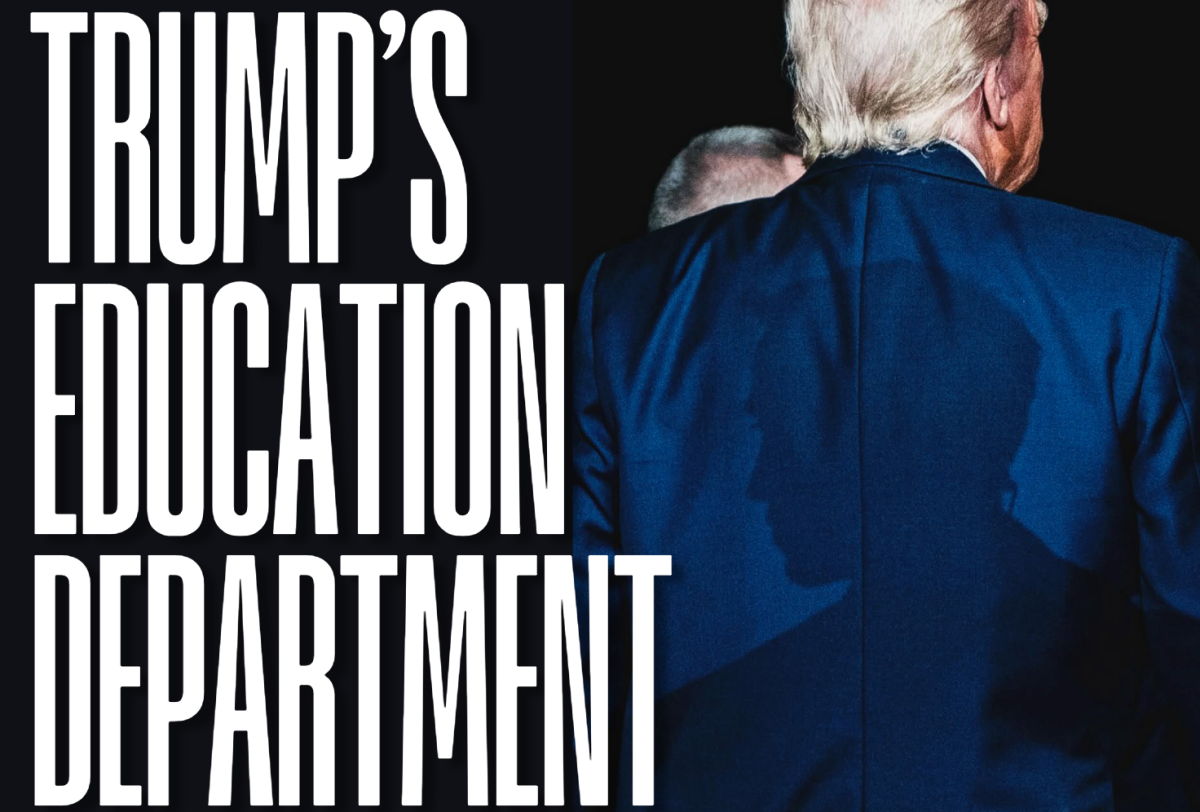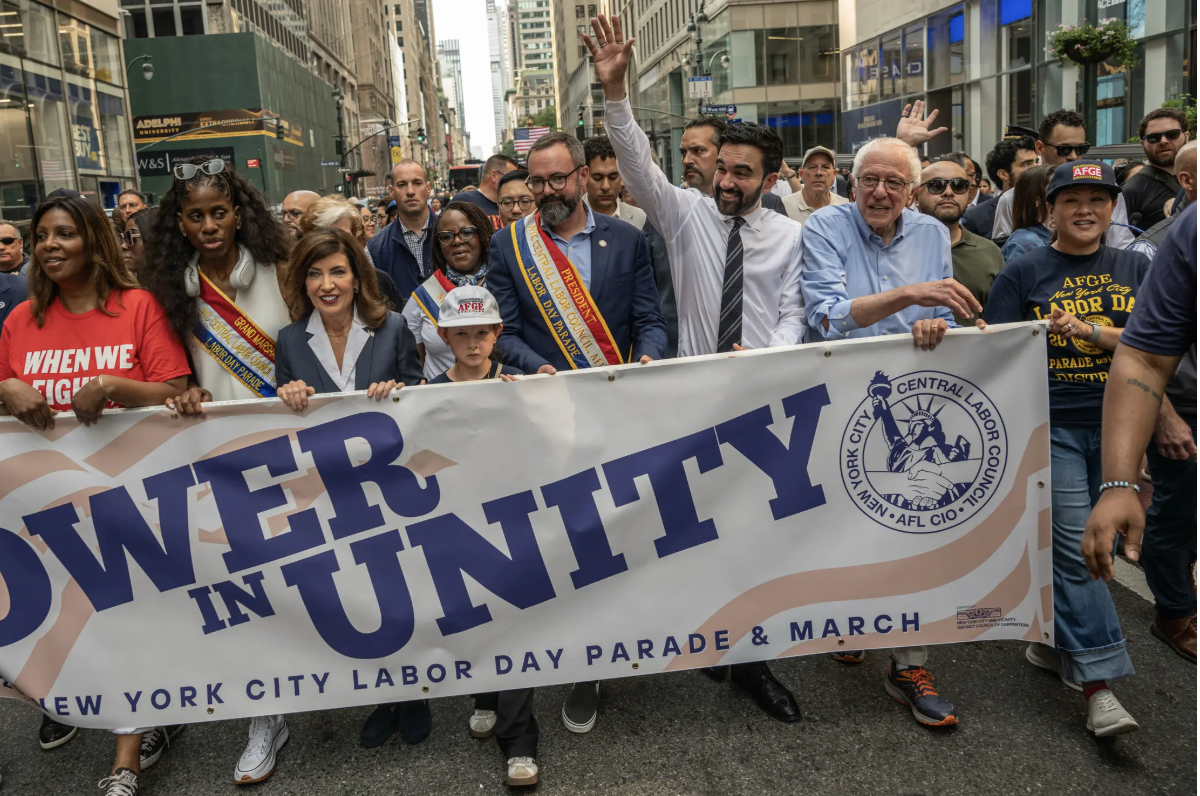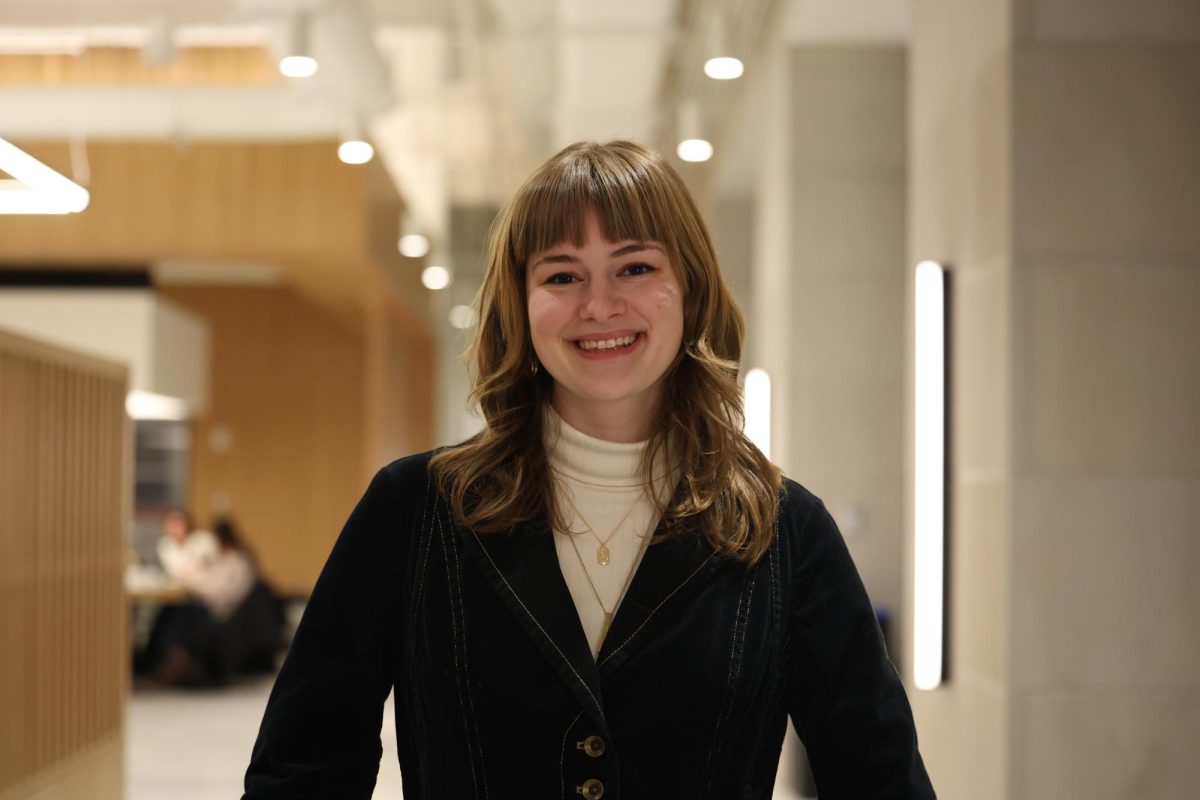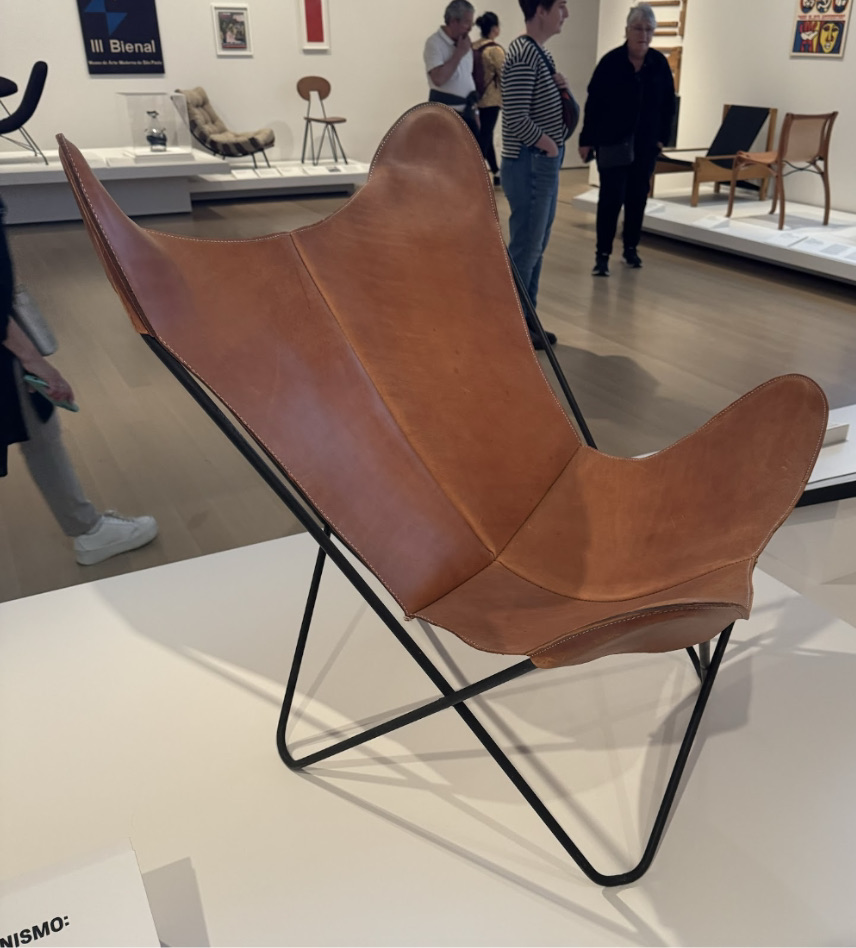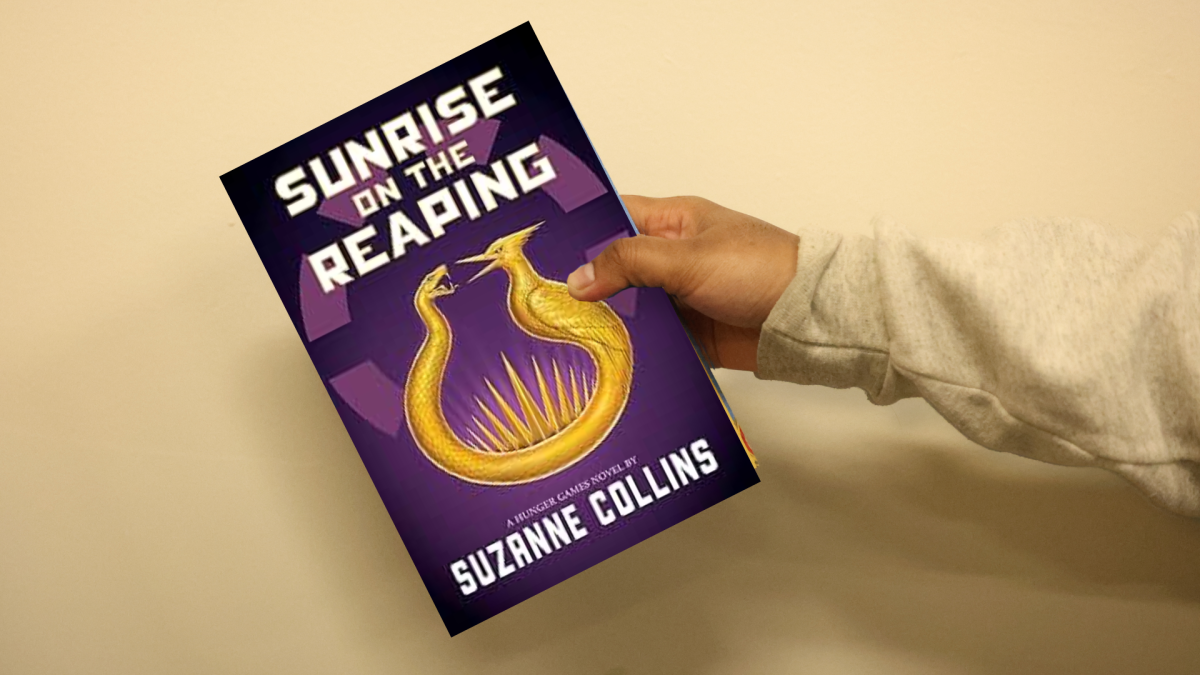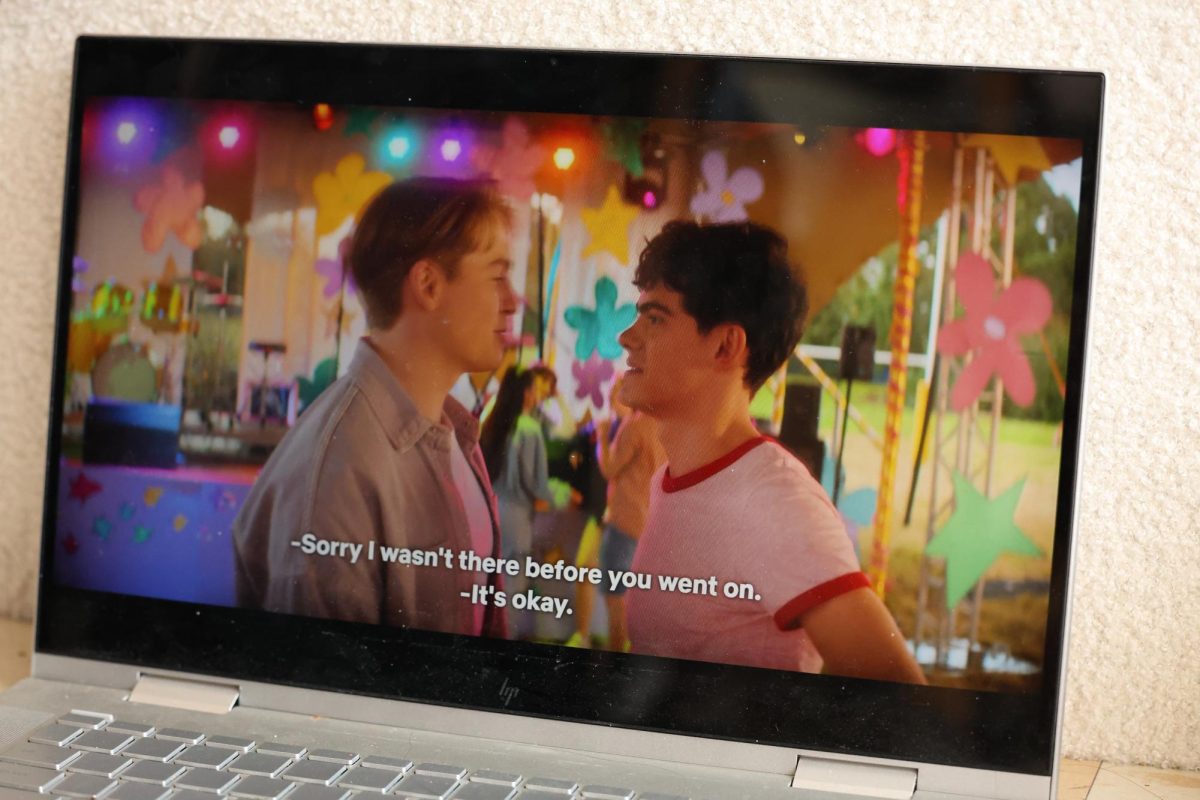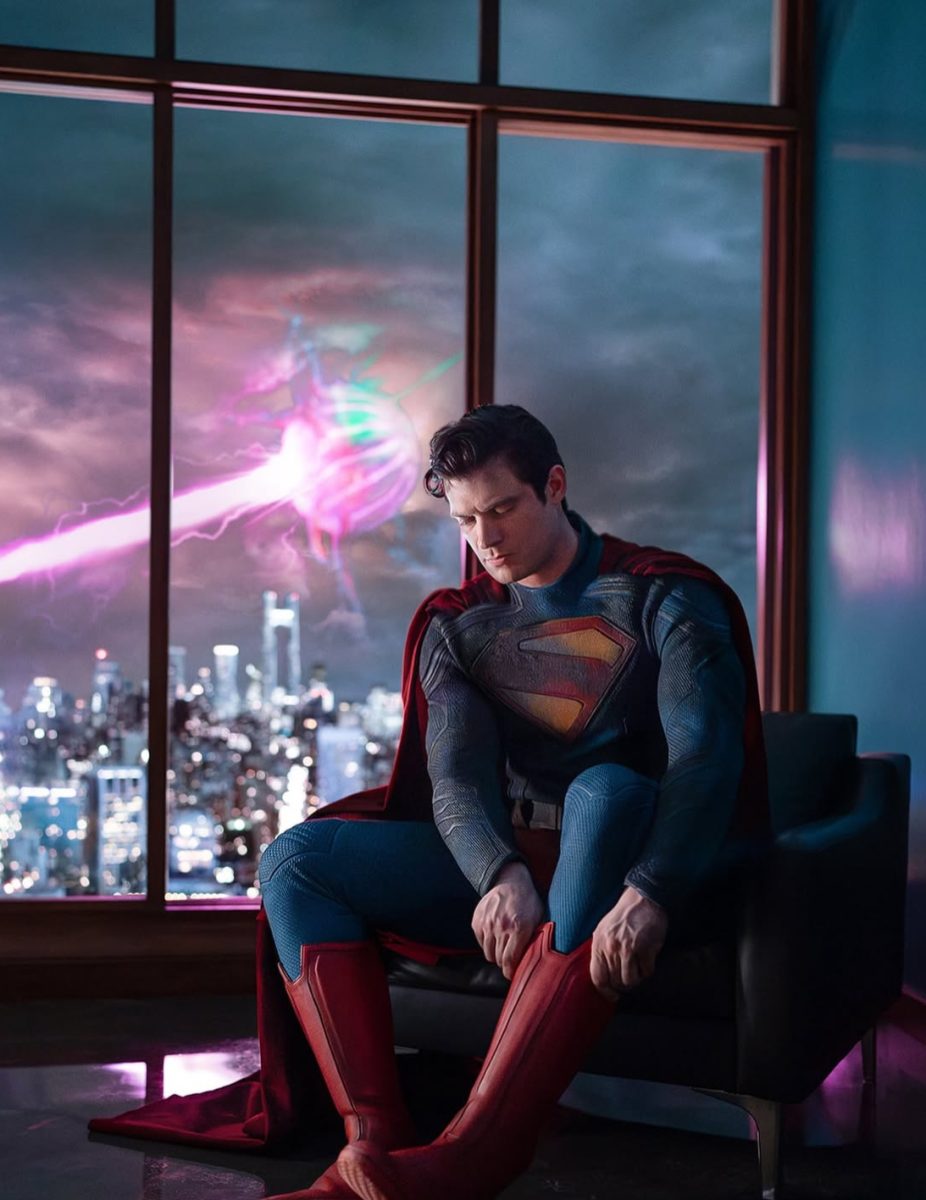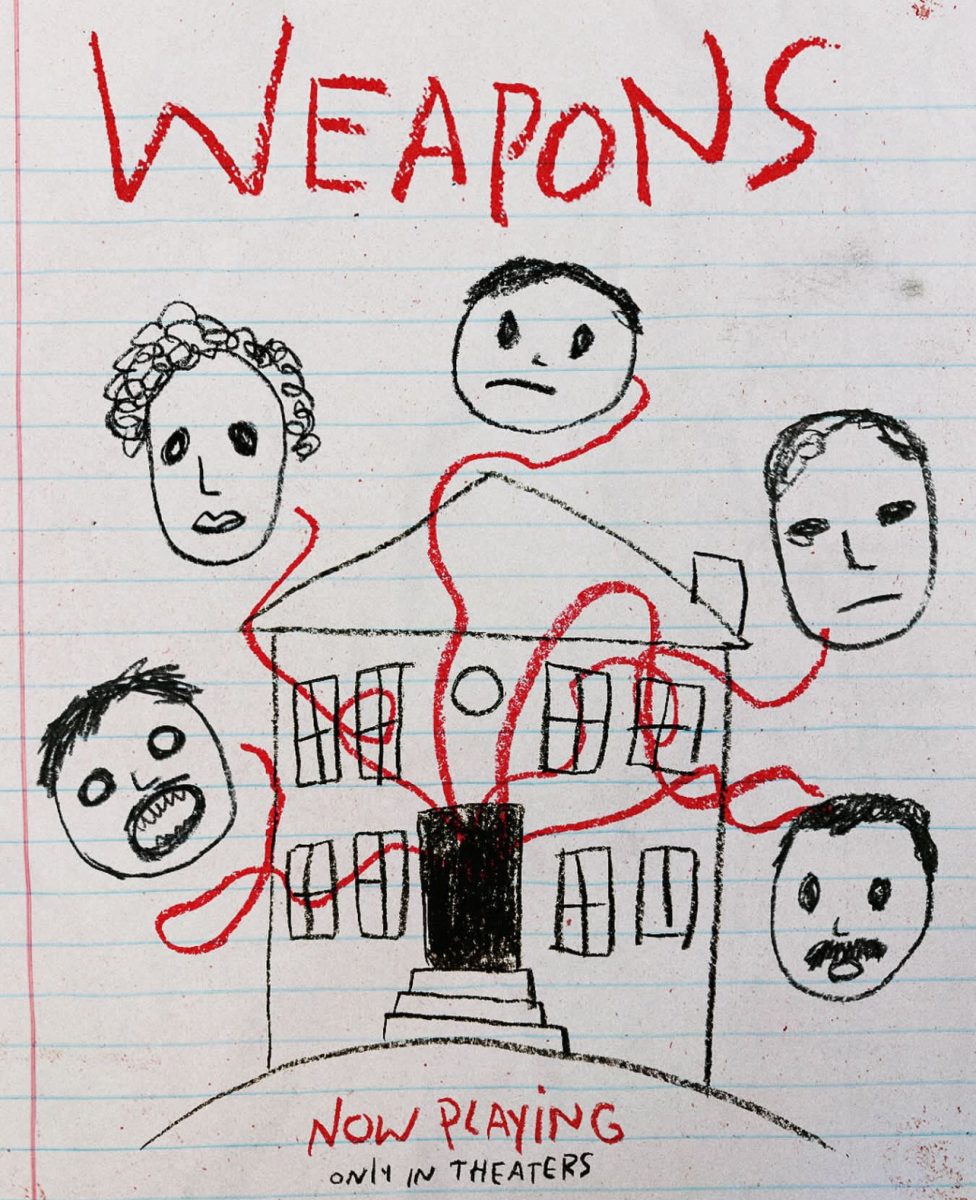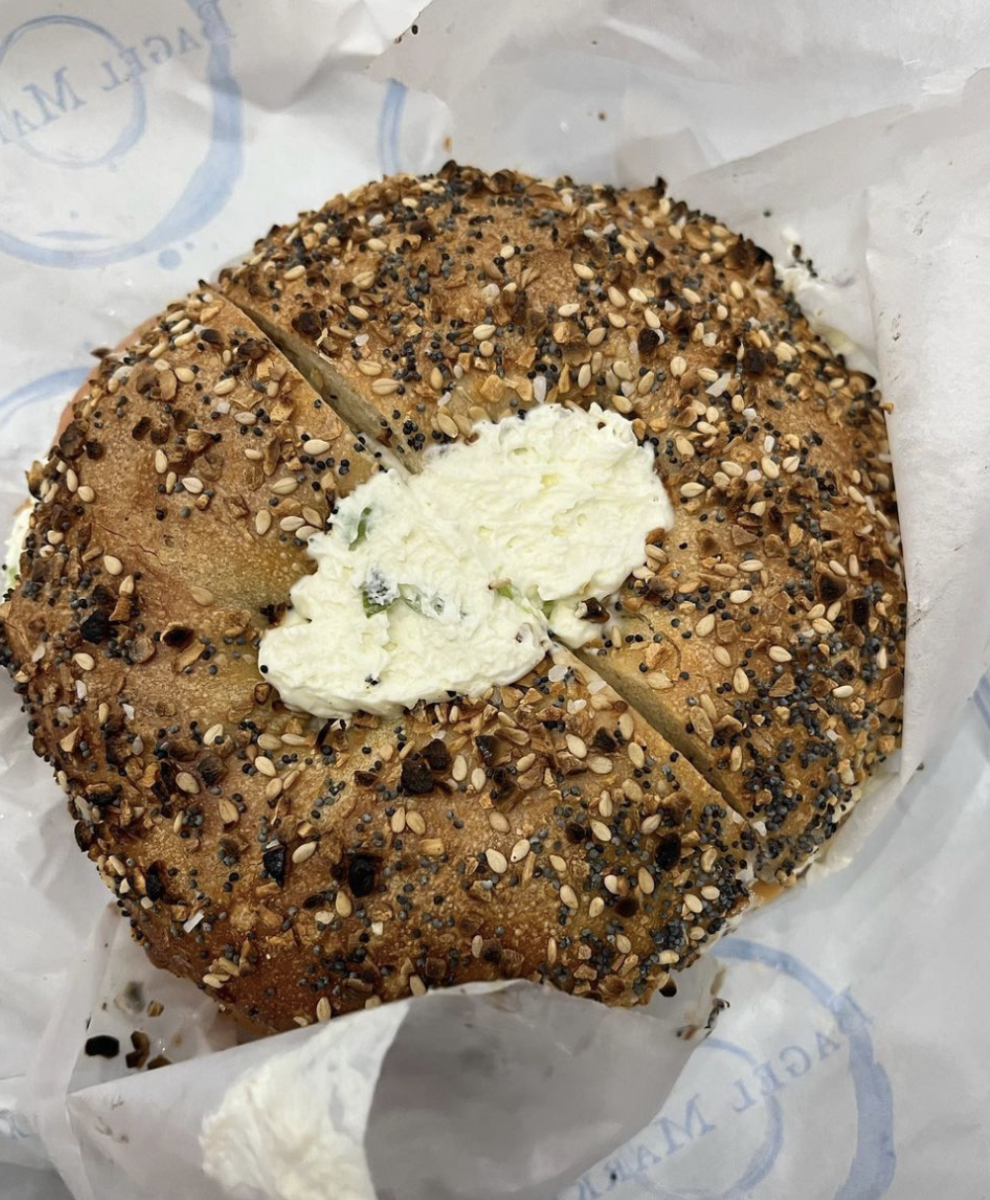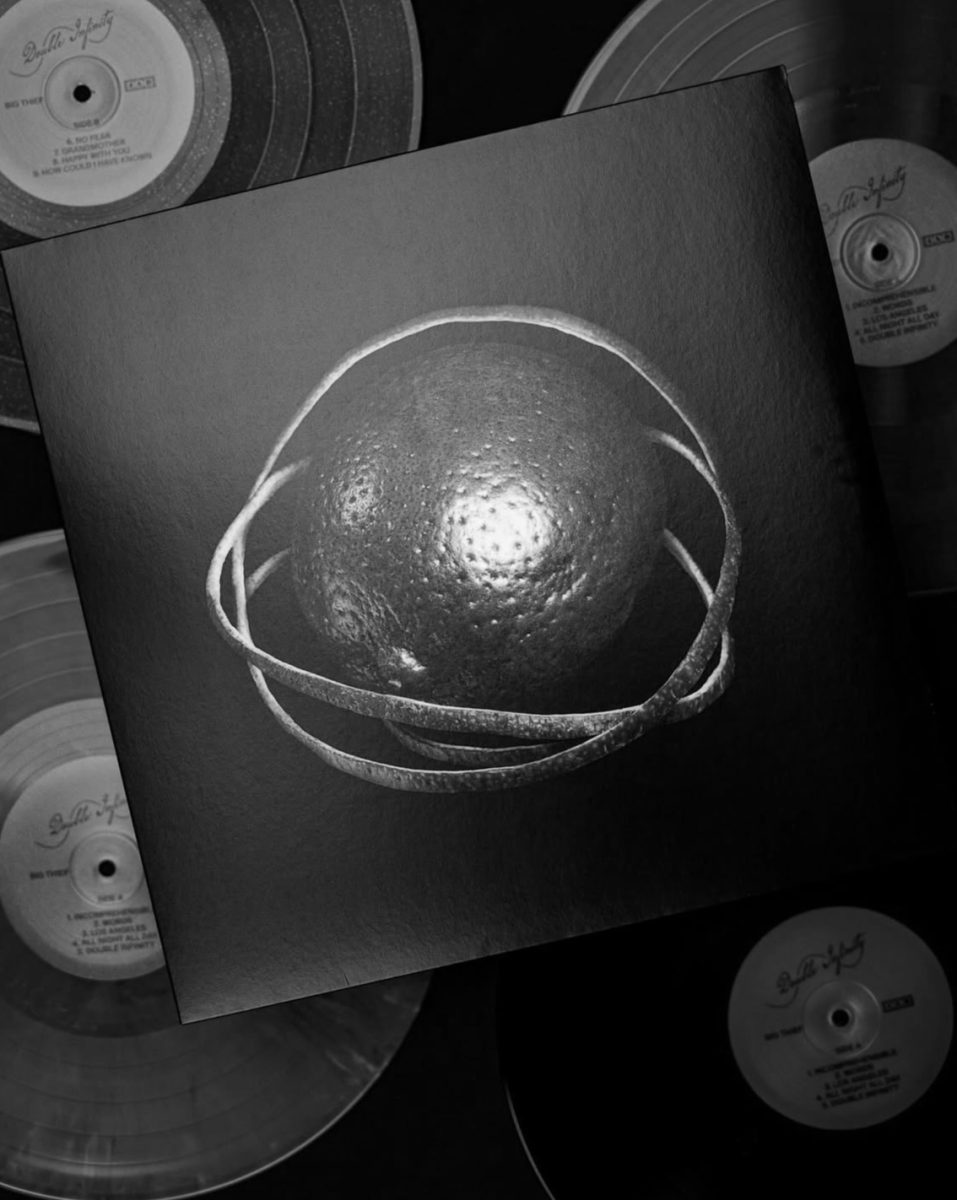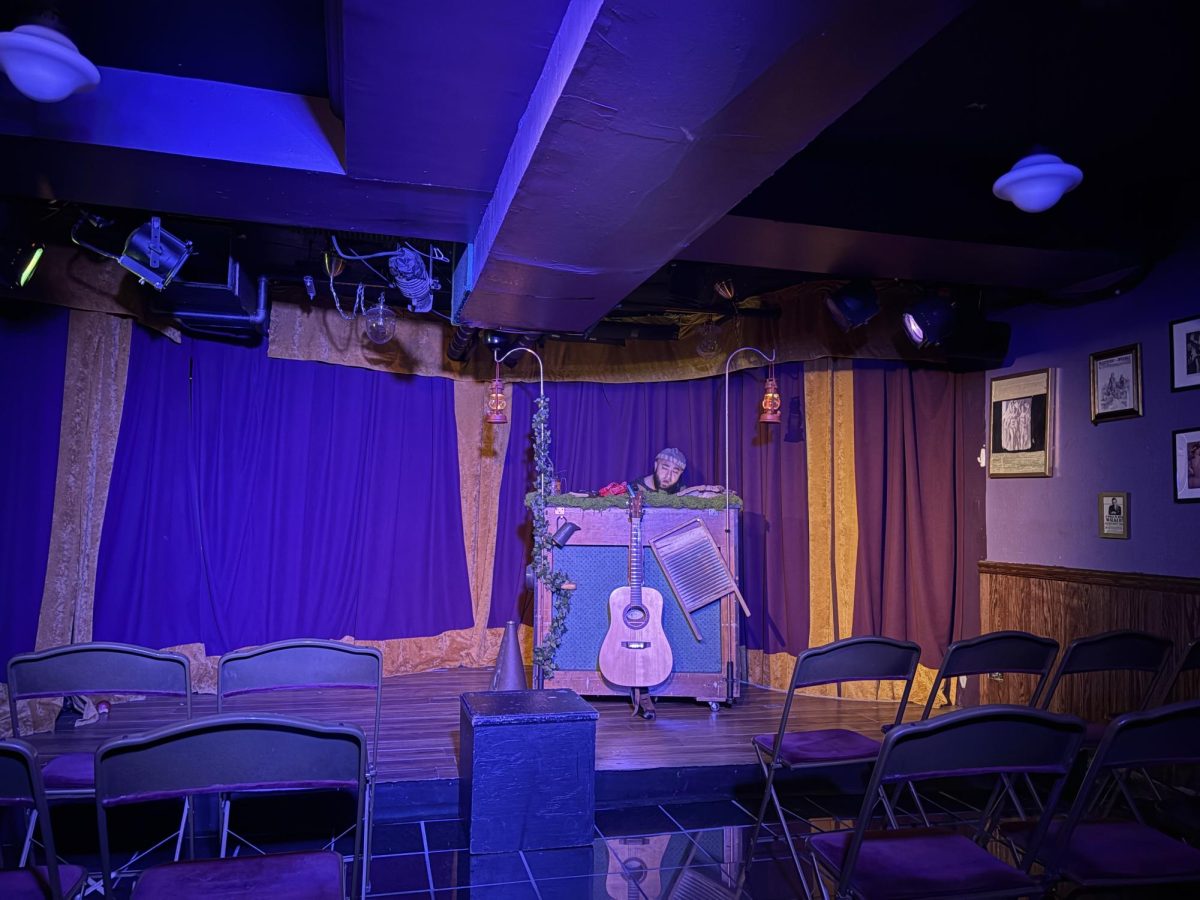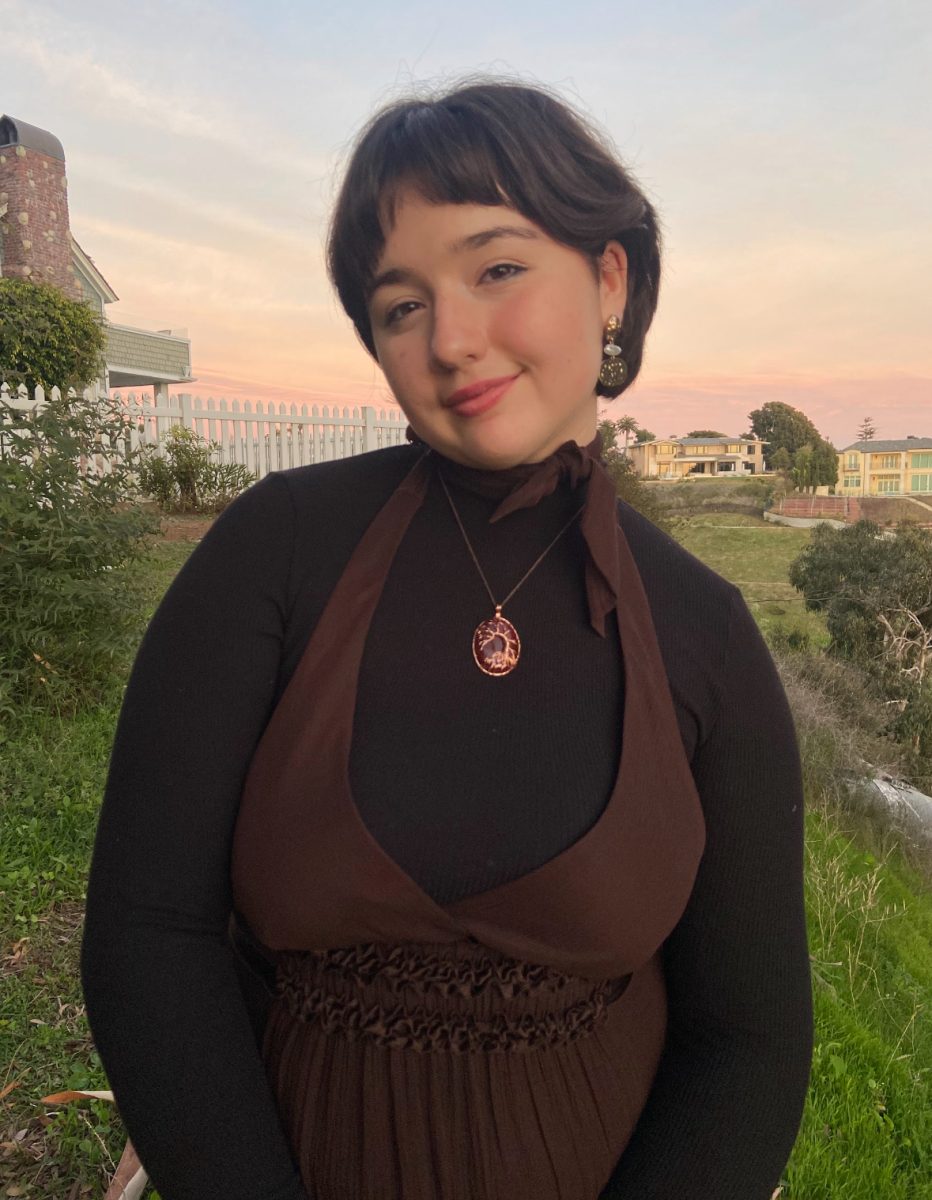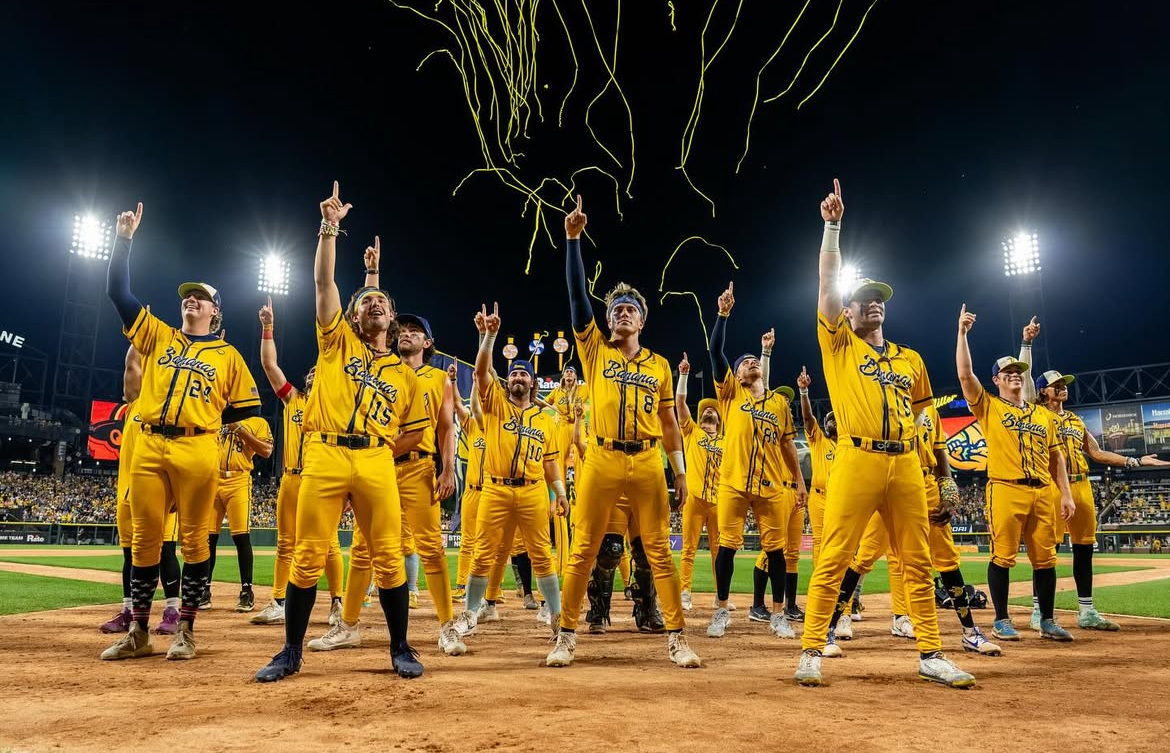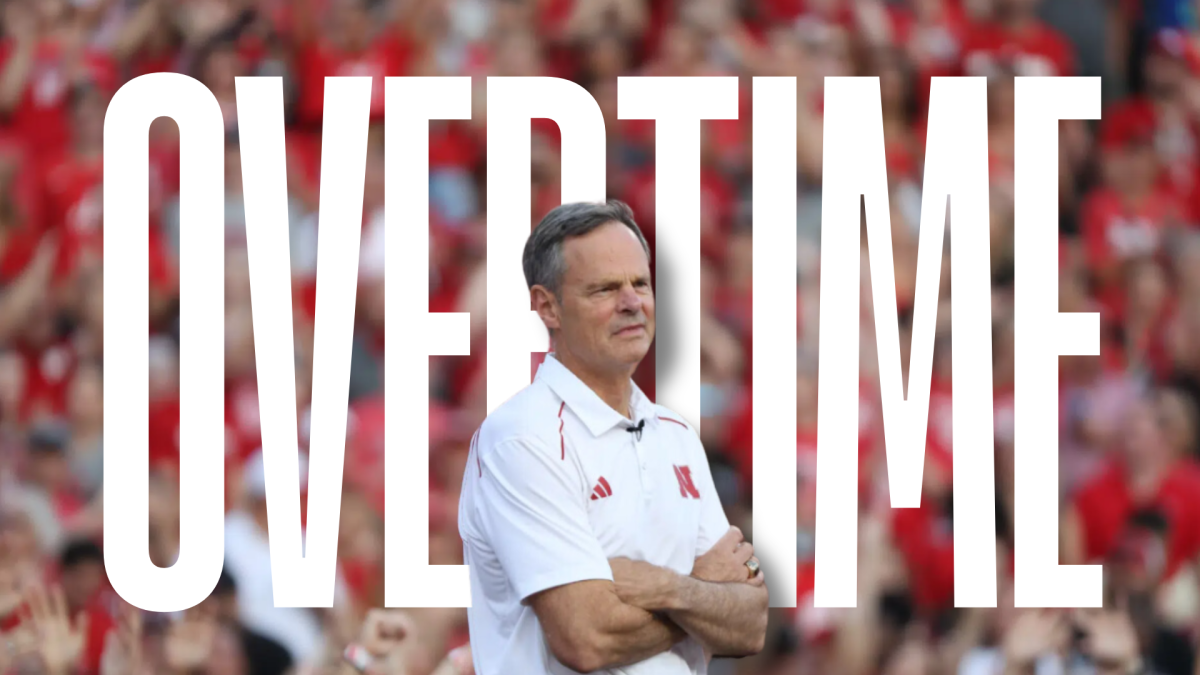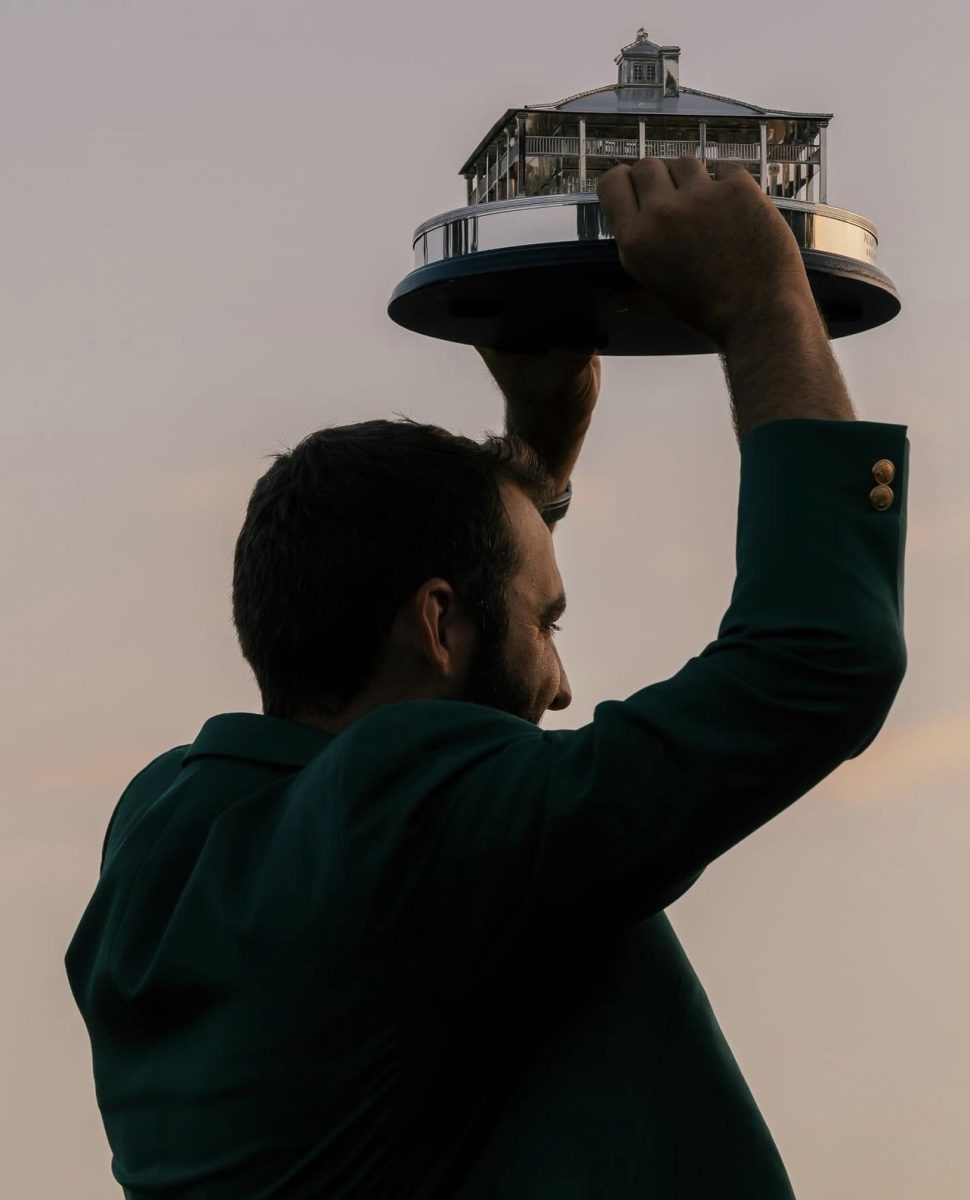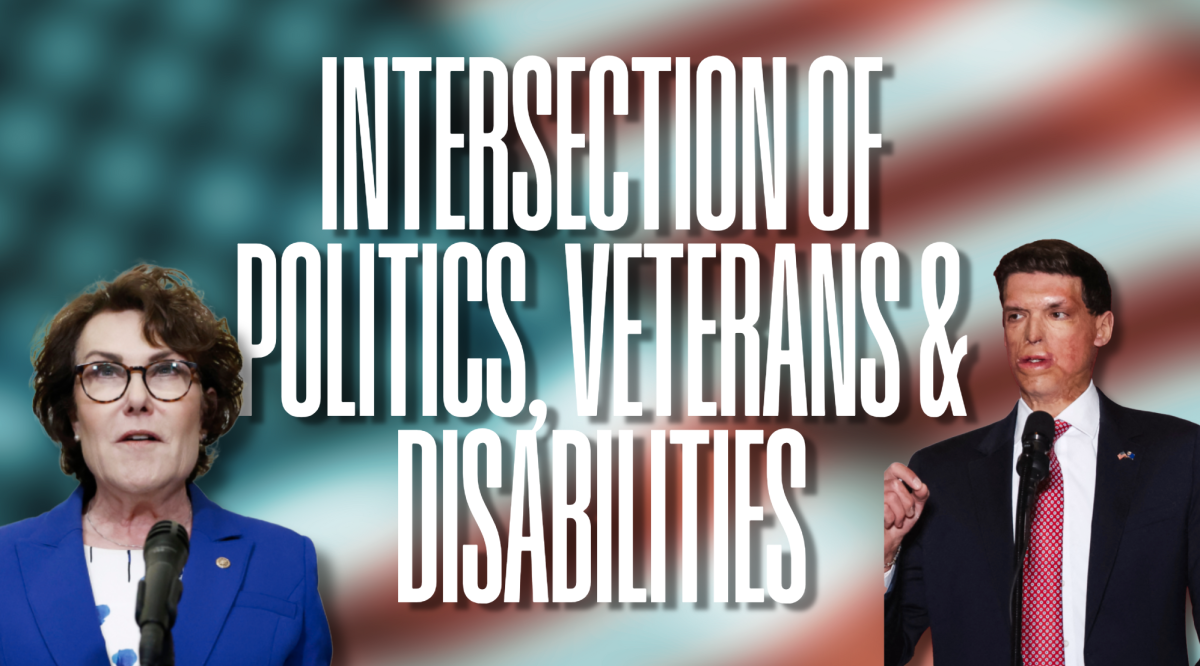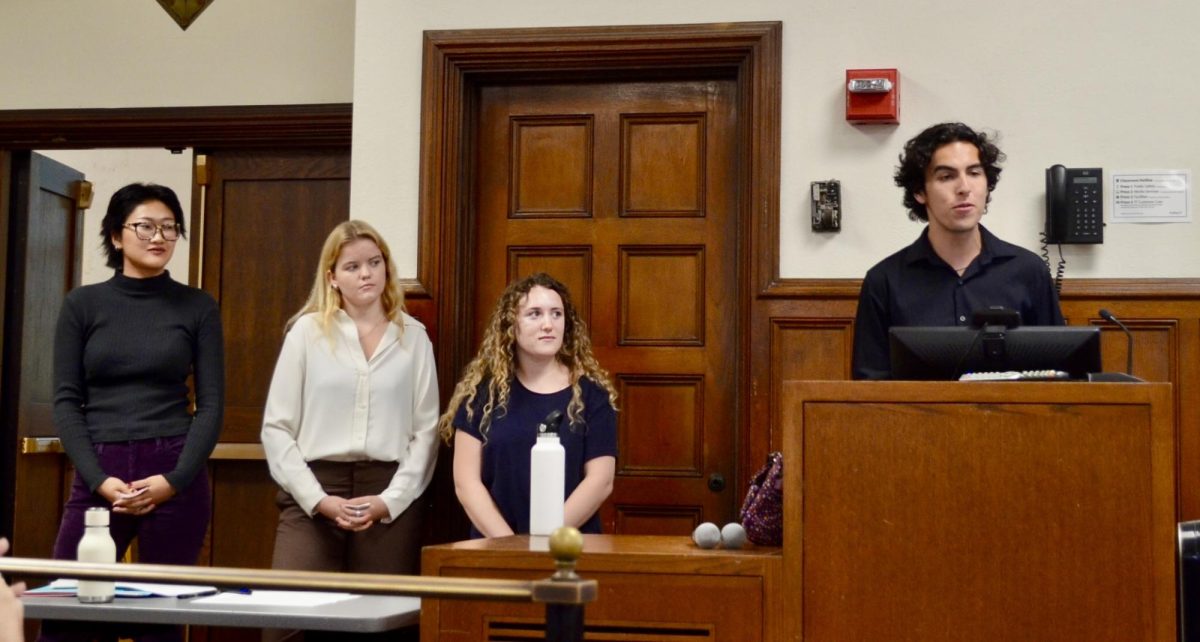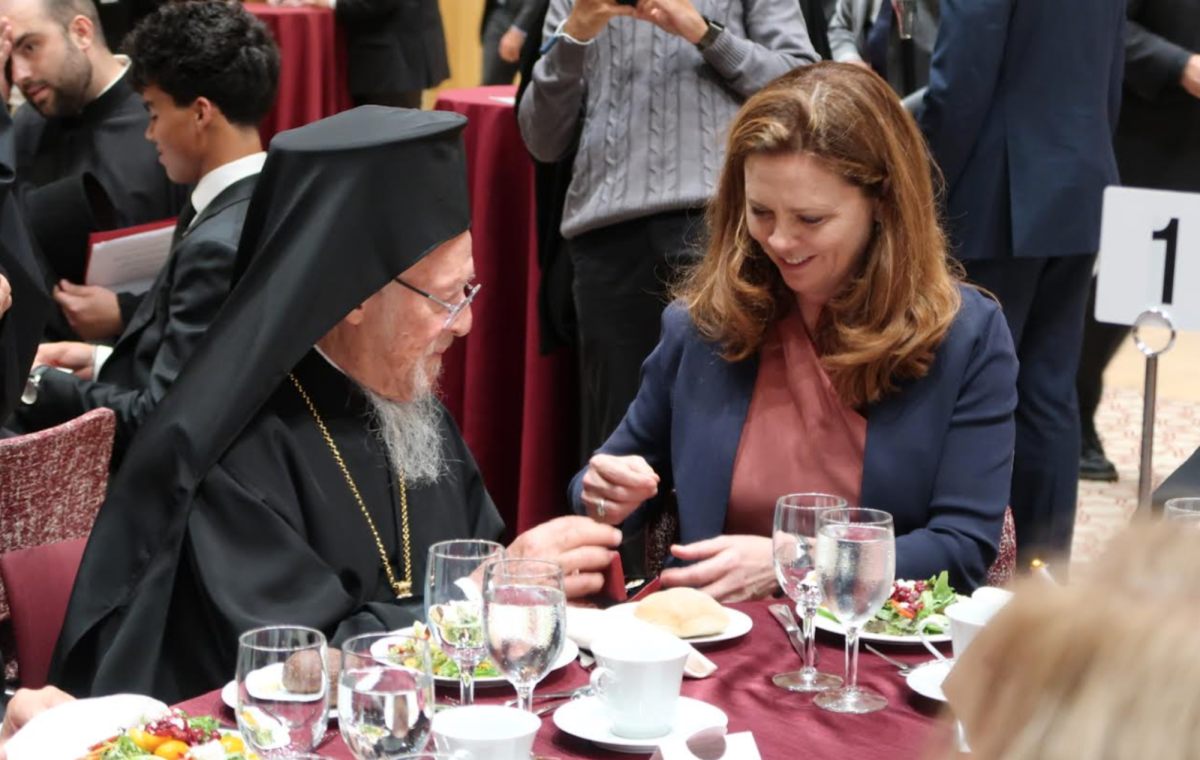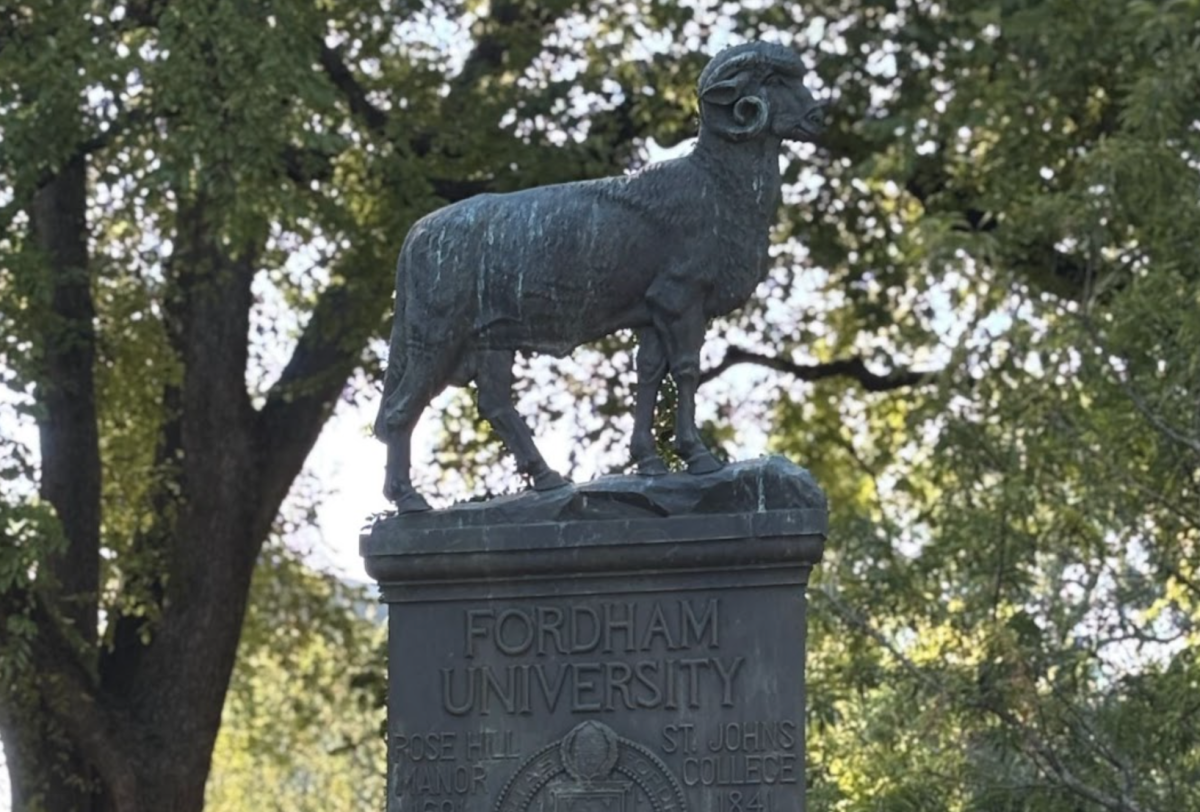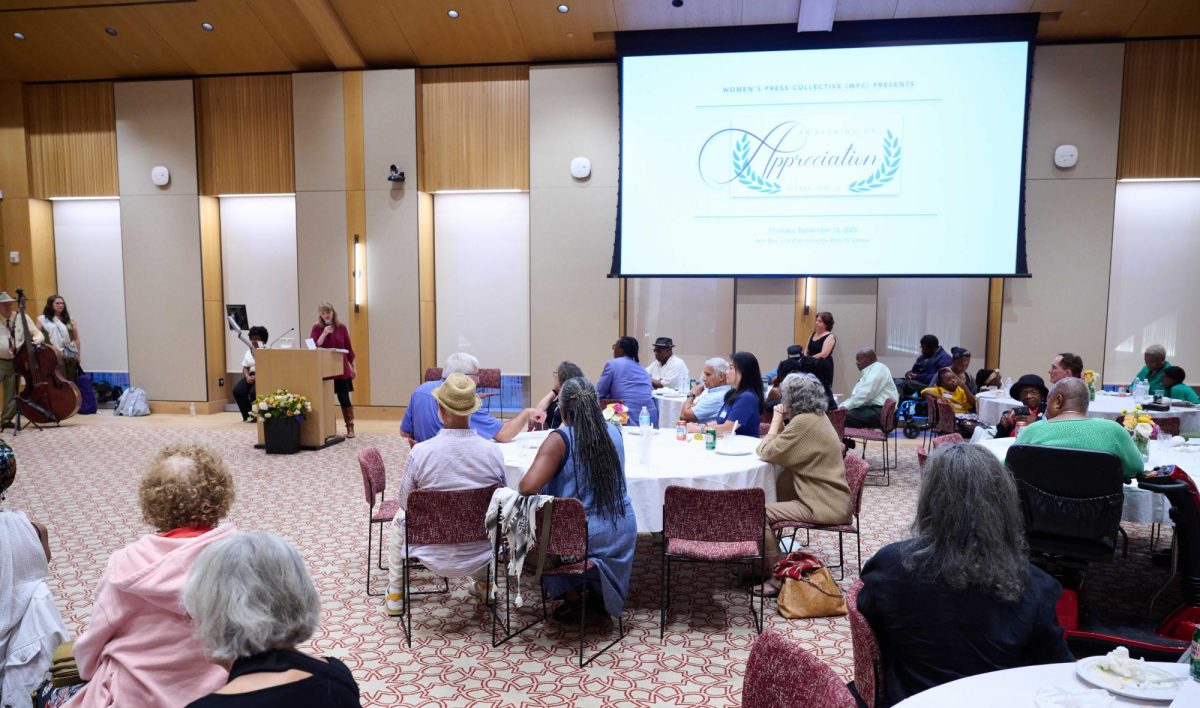Correction: A previous version of this article incorrectly identified Praatika Prasaad as LAW ’20. Prasaad is LAW ’19. A previous version also failed to distinguish the difference between Fordham Law Review and Fordham Law Review Online, which are two separate publications. It has been updated to reflect this.
By Eliot Schiaparelli
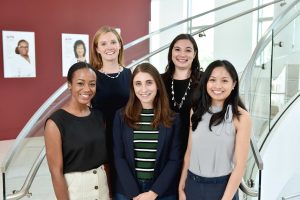
In 1918, World War I ended, Woodrow Wilson was president and the Romanov family was assassinated in Russia in coup. Also in 1918, Fordham Law School began admitting women—two years before the 19th Amendment to the Constitution was ratified, finally granting them the right to vote. That year, eight women joined 312 men in one of the first co-ed law classes ever. In contrast, Harvard Law School did not admit women until 1950, and Notre Dame waited until 1966.
With a simple start of term ad placed in The New York Times, Fordham opened itself up to women at an unexpected time. Only four words were added to the advertisement to make a monumental change: “COURSES OPEN TO WOMEN.”
At an event at the New York Historical Society, Fordham Law kicked off a year-long celebration of women to mark their hundredth anniversary at the school. At the event, they honored two notable female alumnae and a current outstanding student with a theme of past, present and future.
Geraldine Ferraro, LAW ’60, was honored posthumously with an induction into the Alumni of Distinction Exhibit, which was unveiled by her daughter and husband. She was the first woman to be nominated for Vice President by a major political party.
The dress worn by Ferraro when Walter Mondale announced her selection as his vice presidential running mate at the 1984 Democratic National Convention in San Francisco was also on display at the NY Historical Society.
In addition to Ferraro, the school honored Judge Loretta Preska, LAW ’73, a judge on the U.S. District Court for the Southern District of New York. Nominated by President George Bush in 1992, she went on to serve as Chief Judge of the Court for a seven-year term from 2009 to 2016 and took senior status in 2017. Rev. Joseph M. McShane, S.J., president of the university, awarded Preska the President’s Medal. The medal has only been given 36 times and rarely to women.
The final honoree was a current student, Tanyell Cooke, LAW ’19, the president of the Student Bar Association. Cooke gave a speech in which she shared advice from her great grandmother.
“Whenever you find a stumbling block, use it as stepping stone,” she said.
Other female students said it was incredible to see a fellow student honored.
“It made me really proud to be a member of the Fordham community,” said Kara Krakower, LAW ’19. “It did an amazing job of celebrating how Fordham values hard-working and intelligent people, and if you are that kind of person, even if you are a woman, you can rise.”
Krakower is helping to organize one of the upcoming events at which Fordham is celebrating the anniversary. She is co-president of Fordham Law Women, a campus group that boasts roughly 300 members.
Her group is helping to organize an upcoming event on Friday, with all six of the student-led Fordham Law Journals.
The panels are “Women in the Workplace: Mandatory Arbitration & Harassment;” “A Girl’s Pipeline to Prison: Disciplinary Measures in Primary and Secondary Schools;” “The Gender Gap in Intellectual Property Law;” “Human Trafficking: ATLAS & Rescuing Women Victims; “Corporate Boards and the Gender Gap: Diversity Quotas” and “Women and the Flint Water Crisis.”
The Fordham Law Review Online is also planning a possible all-female edition in the spring, according to Praatika Prasaad, LAW ’19, who is the executive editor of the publication.
She said she has taken many classes with fantastic female professors.
“The faculty, from what I’ve heard, has gotten more diverse and more equal, but I think there’s definitely still room to have more female faculty members at the university,” she said. “But it’s nice to see that Fordham has had 100 years of women, and that there are more women in the legal field, in general. There’s not that many in the top levels yet, but it seems promising that the younger classes have equal numbers, if not more women than men.”
Last semester, she was even able to work on a project related to the #MeToo movement, granting independent contractors the same sexual harassment protections as full-time employees.
She talked about the event at the New York Historical Society as well.
“The event was especially great because there were a lot of women alumnae,” she said. “It was inspiring to hear the stories of Fordham Law women from the past and the first few women who started at Fordham 100 years ago.”
Current students also referenced changes to the school’s bathrooms, which until recently were slightly unequal because men’s rooms were more centrally located than women’s rooms.
Colleen Corriston, LAW ’15, is a third-generation legacy, but the first female in her family to attend Fordham Law. She said her grandmother was overjoyed to see her go to law school after supporting her husband and sons through law school.
Corriston said she was very proud of Fordham’s Alumni network. She talked about how event honoree Preska is known to help Fordham Law alumni, especially female alumni.
“Fordham does a lot to help their students,” she said. “I know I would help any young lawyer, but if I get a call from someone from Fordham I certainly go above and beyond and I know all the alumni that came before me would do the same for me.”
Fordham’s decision to admit women was largely driven by the economy at the time, according to Law School Dean Matthew Diller. Between the two World Wars, it was necessary for it to adapt due to a lack of prospective male students. Despite this, the law school produced some very notable alumnae in its early years, including Ruth Whitehead Whaley, LAW ’24, who was one of the first black women admitted to practice law in the state of New York.
Rhonda Holmes, LAW ’97, leads the D.C. women’s affinity chapter for Fordham Law. She said she appreciates being from a school with alumnae like Ruth Whitehead Whaley. She also pointed out that this year is a particularly auspicious time for this milestone, given current events like the #MeToo and #TIMESUP movements.
“It’s one thing for women to be in law school,” she said. “It’s another to make sure men are valuing them in the profession. They have an obligation to assist women in their careers and to extend to them more responsibility and opportunity.”
Holmes was also very complimentary of Diller, who has spearheaded many of the 100 Years of Women events.
“We’re very excited about 100 Years of Women at Fordham Law School, and it really is a moment to both celebrate how far women have come at our law school and the legal profession but also to think hard about the challenges that still remain,” Diller said. “What a remarkable history it’s been, and what courage women have had as path breakers.”
There was once a time when women were told they were taking up a man’s spot if they went to law school. This was said to them not just by their peers, but by admissions staff and faculty. According to Diller, there were fewer women in the law school in the 1950s than the 1920s.
Betsy Tsai, LAW ’01, works in family court. She works for Sanctuary for Families, a nonprofit dedicated to helping victims of gender based violence. She said students should trust their passions.
“You don’t have to stress,” she said. “If you follow your interests and do what your passionate about, you’ll end up in the right spot.”
She said she hopes Fordham law students to absorb its motto: “In the Service of Others.”





